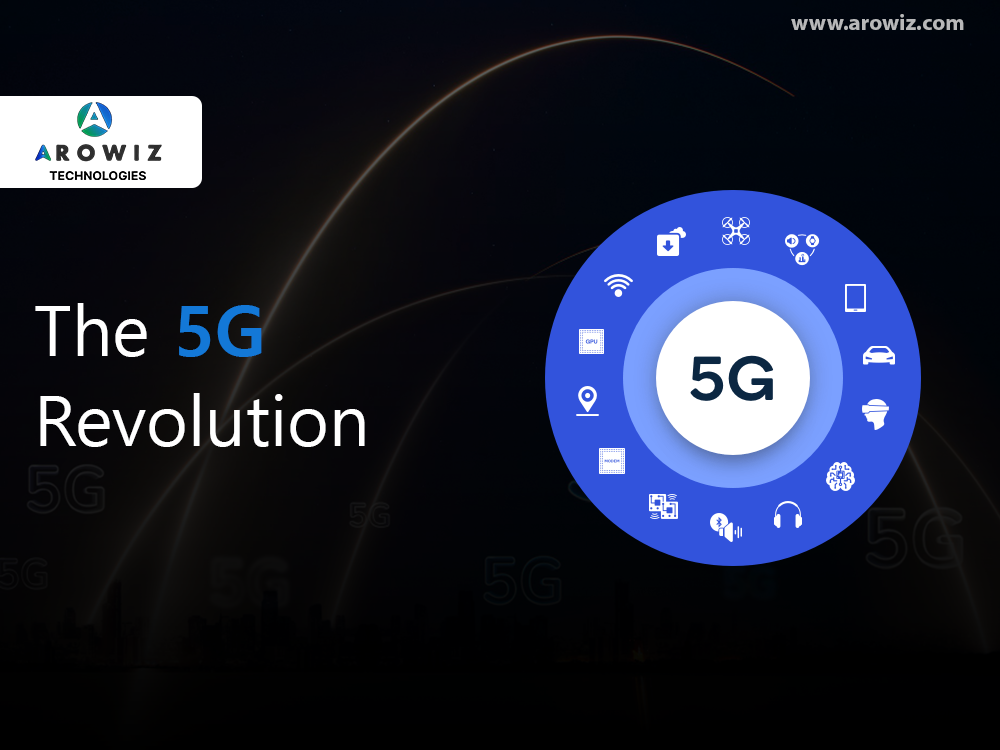AI, or Artificial Intelligence, is changing many parts of our lives, including education. AI can make learning easier and more…
AI in Education: Enhancing Accessibility or Compromising Reliability?
admin
- July 3, 2024
6 min read

AI, or Artificial Intelligence, is changing many parts of our lives, including education. AI can make learning easier and more accessible for everyone. But, it also brings up questions about how reliable these new tools are.
What is AI in Education?
AI in education means using smart technology to help with teaching and learning. This can include personalized learning experiences, automatic grading, and virtual tutors. The aim is to make learning better and more accessible for all students.
Supercharge your startup with our FREE MVP Guide E-Book
Download it now to kickstart your growth and turn your ideas into reality.
Why is AI in Education Needed?
AI is needed in education for several reasons:
- Personalized Learning: This means that each student can learn at their own speed and in a way that suits them best. For example, some students might need more time on certain topics, while others can move ahead faster.
- Scalability: This means that the learning tool can be used by many students at the same time, without any issues or delays. It’s like having enough seats in a classroom for every student who wants to learn.
- Efficiency: This tool helps teachers by automating tasks that they might otherwise have to do manually, like grading assignments or keeping track of student progress. It saves time and lets teachers focus more on teaching.
- Accessibility: This means that the learning resources are available to everyone, no matter where they are or what time it is. Students can access their lessons and materials from home, school, or anywhere with an internet connection.
- Data Insights: By using data, the tool can see how students are learning and where they might need more help. It’s like having a map that shows which areas students are doing well in and which areas need more attention.
- Engagement: This tool makes learning more interactive and enjoyable. It might use games, videos, or interactive quizzes to keep students interested and excited about learning new things.
Why is AI in Education Useful?
AI in education is useful because it:
- Improves Learning: This feature gives students personalized feedback, which means advice or comments that are just for them. It helps them learn better because it’s specific to how they learn.
- Saves Time: The tool does things like grading (checking) work and other tasks by itself. This means teachers don’t have to spend as much time on those jobs and can use that time to teach instead.
- Inclusive: It helps students with disabilities by giving them special resources that fit their needs. This makes sure everyone can learn equally well.
- Always Available: You can get to the learning stuff anytime, day or night. It’s like having a library that’s open all the time.
- Supports Teachers: It gives teachers extra things to help them, like tools to do their job better and understand how students are doing.
- Engages Students: It makes learning more fun and interesting. For example, it might use games or videos to make it more exciting.
Types of AI in Education
- Intelligent Tutoring Systems: These systems give students personalized help with learning. It’s like having a tutor who knows exactly what each student needs to learn better.
- Learning Management Systems: These systems help with things like keeping track of student work and organizing lessons. They also make sure each student gets the right lessons for them.
- AI-Powered Grading: This means using artificial intelligence (AI) to check student work automatically and give feedback. It’s like having a smart helper who can grade papers very quickly.
- Virtual Reality (VR) and Augmented Reality (AR): These technologies create exciting learning experiences that feel real. For example, students can use VR goggles to explore a historic place or use AR to see 3D models of things they’re learning about.
- Chatbots: These are like talking robots that can answer student questions right away. They help students when they need it, even if it’s late at night or on weekends.
- Predictive Analytics: This uses information about how students are doing to guess how they’ll do in the future. It helps teachers know who might need extra help before they even ask.
Features of AI in Education
- Personalization: Personalization in education tailors learning experiences to meet the unique needs and preferences of individual students, using technology to adjust content and pace.
- Interactivity: Interactivity engages students actively in learning through features like simulations, collaborative projects, and immediate feedback, fostering deeper understanding and critical thinking.
- Scalability: Scalability in educational technology ensures seamless access and performance for large numbers of users, supporting diverse learning environments from classrooms to online platforms.
- Data-Driven: Data-driven education uses student data analytics to enhance teaching strategies, personalize learning paths, and improve educational outcomes based on insights into student performance and engagement.
- Accessibility: Accessibility ensures that educational resources and technologies are usable by all students, including those with disabilities, through features like screen readers, alternative formats, and compatibility with assistive technologies.
- Efficiency: Efficiency in educational technology automates administrative tasks such as grading and attendance, freeing up educators to focus more on teaching and student interaction, thereby enhancing overall productivity and effectiveness in education.
Benefits of AI in Education
- Better Learning: Personalized learning tailors educational experiences to individual student needs, significantly enhancing their performance and understanding of the material.
- Saves Time: Automation of routine tasks, such as grading and administrative duties, saves valuable time for teachers and administrators, allowing them to focus more on instruction and student engagement.
- Inclusive: Inclusive educational tools ensure that all students, including those with disabilities, have access to the resources they need to succeed, promoting equity in learning.
- Continuous Learning: Continuous access to learning resources ensures that students can study and review material anytime, fostering ongoing education and lifelong learning habits.
- Teacher Support: Provides teachers with valuable insights and resources to refine their teaching methods, develop effective lesson plans, and address individual student needs more effectively.
- Data-Driven: Leveraging data analytics, educational platforms can improve teaching methods and curricula by providing evidence-based insights into student performance and learning trends
Use Cases of AI in Education
- Adaptive Learning: Adaptive learning systems customize educational content to meet the individual learning styles and paces of each student, enhancing their comprehension and retention of material.
- Automated Grading: Automated grading tools provide instant feedback on assignments and assessments, helping students quickly understand their mistakes and learn from them while saving teachers time.
- Virtual Classrooms: Virtual classrooms create interactive and engaging online learning experiences, allowing students to participate in lessons, discussions, and activities from anywhere.
- AI Tutoring: AI tutoring systems offer personalized assistance by analyzing student performance and providing targeted help on specific topics where students struggle, mimicking one-on-one tutoring.
- Predictive Analytics: Predictive analytics use data to identify students at risk of falling behind, enabling timely interventions and support to help them succeed.
- Language Translation: Language translation tools facilitate global education by breaking down language barriers, making educational content accessible to students who speak different languages.
Technologies Used in AI for Education
- Natural Language Processing (NLP): Understands and responds to student questions.
- Machine Learning (ML): Learns from data to improve education.
- Computer Vision: Enables visual assessments and interactions.
- Chatbots: Provides instant help and information.
- Virtual Reality (VR): Creates immersive learning environments.
- Augmented Reality (AR): Enhances real-world learning experiences.
The Future of AI in Education
The future of AI in education looks bright. It will continue to personalize learning, make it more engaging, and improve accessibility for all students.
How Arowiz Technologies Can Help with AI in Education
Arowiz Technologies specializes in creating AI solutions for education. We offer advanced tools to improve learning, make operations more efficient, and provide valuable data insights. Our solutions are designed to help educational institutions and ed-tech companies grow and innovate.
FAQ
Q: How does AI personalize learning? A: AI adapts learning materials to fit each student’s needs.
Q: Is AI in education expensive? A: While there are some initial costs, AI can save money by improving efficiency and reducing workload.
Q: Can AI replace teachers? A: No, AI is designed to support teachers, not replace them.
Q: How does AI help students with disabilities? A: AI provides tailored learning experiences for students with disabilities.
Q: Are there privacy concerns with AI in education? A: Yes, it is important to ensure data privacy and security with AI systems.
Q: How can AI improve student engagement? A: AI makes learning more interactive and fun.
Supercharge your startup with our FREE MVP Guide E-Book
Download it now to kickstart your growth and turn your ideas into reality.
Conclusion
AI in education can make learning more accessible and personalized. While there are challenges, the benefits are significant. By using AI, educational institutions can provide high-quality, inclusive, and engaging learning experiences for all students.
Pro Tip – Start with small AI projects to test and improve before expanding. This helps you find what works best for your needs.
Join our free newsletter for more insights — click the link below
Subscribe to our Newsletter: https://lnkd.in/dYmBdX3c
Visit our solution : https://arowiz.com/solution/
Follow us on LinkedIn: https://lnkd.in/d4KZJakS.
Tags
- aiEducationReliability
Our New Letter
Get productivity tips delivered straight to your inbox
Ready for more?

Arowiz Technologies is a Central India-based customer Centric software development & Expert IT Staff Augmentation company ...
FOR JOBS
hr@arowiz.comFOR SALES
sales@arowiz.comMARKETING / BLOGS
info@arowiz.comGET CONNECTED
Top Industry
About Us
Top Services
Hire Expert Developers
- AI / ML Developers
- Blockchain Developers
- DevOps Developers
- Web3 / Gaming Developers
- Full Stack Developers
- AR / VR – Meta Developers
- Python Developers
- Solidity Developers
- Node.js Developers
- ReatJs Developers
- Next.Js Developers
- Flutter Developers
- React Native Developers
- Golang Developers
- Mobile App Developers








